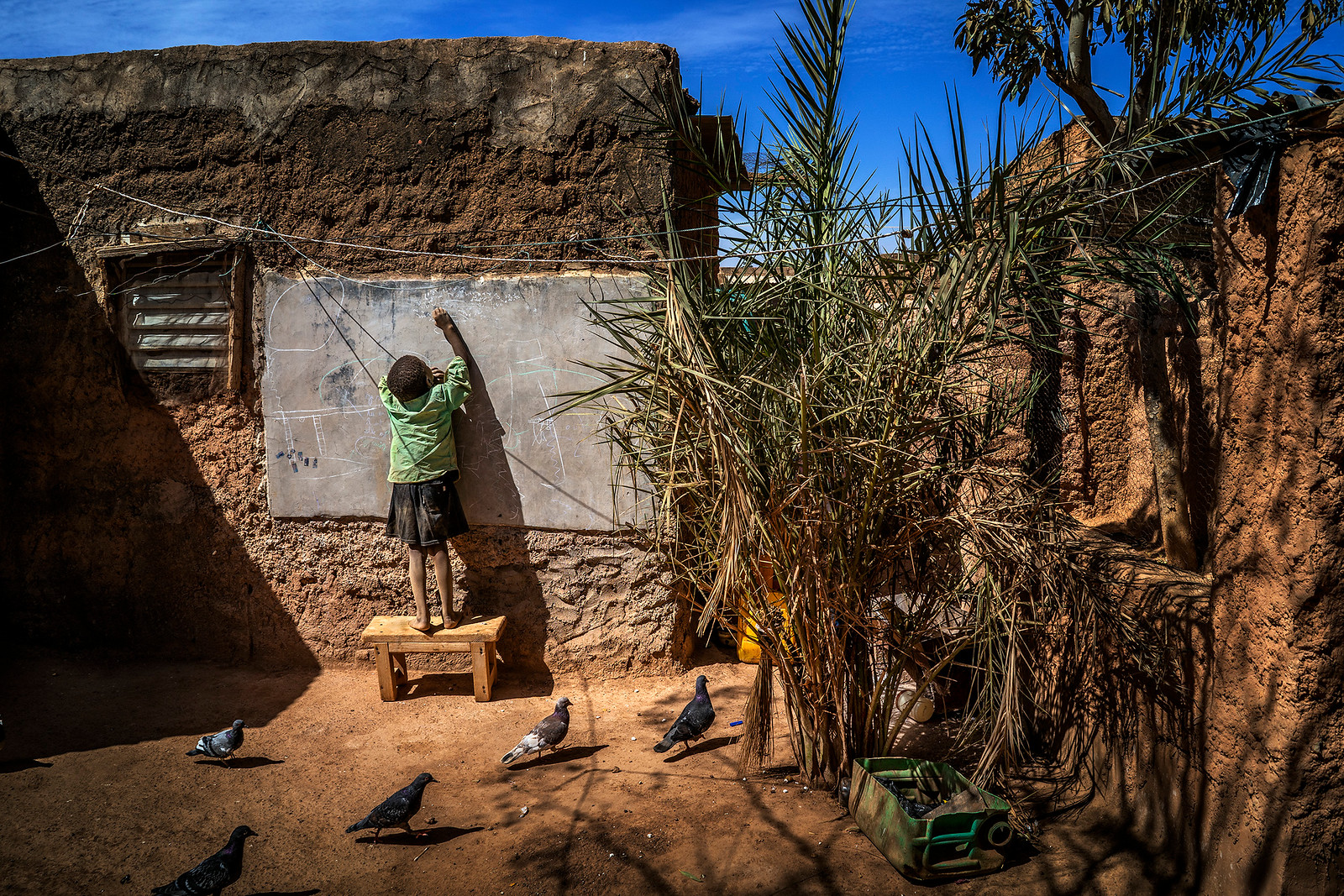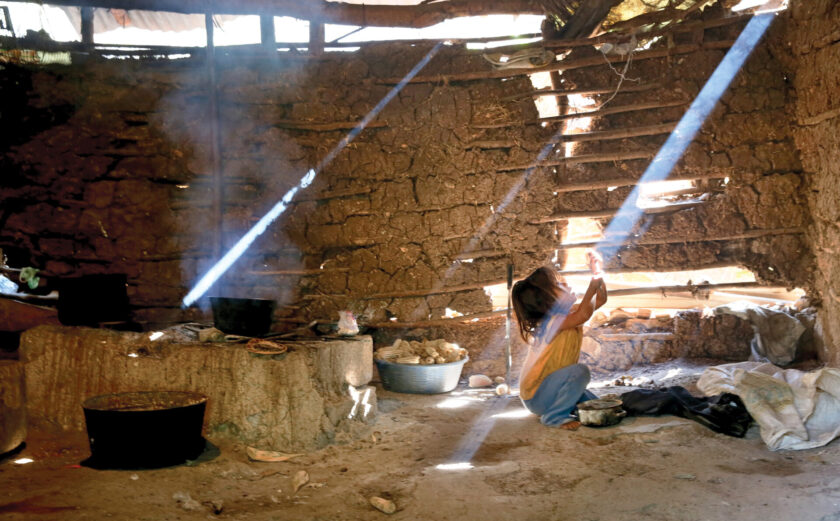
Achieving Wider Impacts in Humanitarian Response
Although seen as a siloed sector within the humanitarian system, shelter and settlements assistance impacts every aspect of people’s lives. Shelters often serve as a place of business or a place of refuge from the elements and can influence physical and mental health. The location of shelters can also impact work opportunities or access to food, medicine, and other services.
To provide better-quality responses, all humanitarian sectors need to consider where they may impact other sectors, where other sectors may impact their work, and how actors should work together across sectors to provide aid to affected people.
To demonstrate how collective efforts can bring wider impacts in meeting emergency needs and longer-term recovery, InterAction, with support from the U.S. Agency for International Development’s Bureau of Humanitarian Assistance, developed an online course based on the Wider Impacts of Humanitarian Shelter and Settlements Assistance report.
The course emphasizes the need for more collaborative programming to increase the impact of assistance to crises-affected communities. While analyzing through a shelter and settlements perspective, the course demonstrates how each of our roles within the humanitarian field can positively or negatively impact communities, both in the short- and long-term.
This two-unit, 50-minute online course provides an overview of shelter’s impacts on various sectors, an explanation of how other sector interventions can influence shelter’s work, and suggestions for achieving wider impacts. The course also emphasizes that intended impacts are not automatic and we must better understand causal links.
At the end of each sector’s section in the course, participants are asked to consider how shelter assistance could impact other aspects of beneficiaries’ lives. Taking the health sector as an example, the course explores:
- How desired health outcomes could be supported or undermined by shelter and settlements conditions.
- How emergency shelter assistance decisions, such as providing tents versus supporting hosting, could be influenced by the impact on health.
- How analysis of prevalent health issues could influence shelter design to address common risk factors.
- How agreeing on a set of standardized indicators could improve impacts of shelter on physical and mental health.
Overall, key messages that the course highlights include:
- Greater collaboration can keep people’s interconnected needs at the center of the response and maximize wider impacts.
- The shelter and settlements sector has many links with other sectors that can support or undermine overarching impacts.
- Humanitarian actors must allocate sufficient resources to better measure impact.
Exploring the Wider Impacts of Shelter and Settlements Assistance: A Case Study
The Casamance region of Senegal has faced low-intensity conflict for over 30 years, forcing many families to flee their homes. In recent years, Shelter for Life has assisted returning families by overseeing the construction of transitional shelters, many on the ancestral lands of the returnees. Not only was a safe and dignified shelter a precursor to many families’ returns, but the shelters improved their access to healthcare and education and provided better opportunities for work. In addition to stimulating the local economy, increasing families’ access to livelihoods, and improving social cohesion within the community, these effects exemplify the wider impacts of shelter and settlements assistance in practice, and are explored in more detail below.
During the construction period, job opportunities were created for those in the region by hiring local laborers. Workers learned basic and advanced construction skills, qualifying them as skilled laborers for future projects in the region. Additionally, the program stimulated the economy by purchasing construction materials from local markets.
One of the most visible social impacts of the protracted conflict in Casamance was the erosion of trust. Interviewees said that the rebuilding of this trust, and thus their community relationships, has been one of the most positive outcomes of this intervention. Shelter for Life uses the term “rootedness” to describe this renewed sense of belonging and community engagement, which allows returnees to be accepted and thrive within the community. Many families exemplified this “rootedness” with plans to improve their communities by supporting neighbors with food, clothing, or medicine when needed.
Finally, InterAction witnessed the impact of shelter assistance on nutrition and social cohesion firsthand. In one settlement, returnees had begun planting and tending gardens alongside their transitional shelters. In another, a son, his wife, and children were reunited with his parents who did not leave during the conflict.
The Casamance program shows how shelter can positively impact other aspects of people’s lives and is not just a roof over their head. Humanitarian actors in all sectors need to consider this impact and acknowledge how a multisectoral approach can provide more effective aid. This is exactly the collaboration that the Wider Impacts of Shelter and Settlements Assistance online course advocates for between humanitarian actors.
To access the course, please click here.
For more information or questions regarding the Wider Impacts of Shelter and Settlements Assistance online course, please contact Juli King, Senior Program Associate, Shelter and Settlements.








